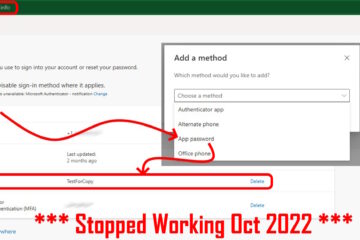Near Field Communication, or NFC as it is now commonly referred to, is very much like a two way Radio Frequency Identifier (RFID) that is built into newer smart cell phones, such as the Blackberry Bold 9790 and Google Nexus S (but not any of the Apple iphones… yet). If you have a credit or debit card that you can “tap” instead of swipe, you have an RFID and you can likely already guess the near future applications for NFC.
Near Field Communications has three official modes which I will briefly explain:
CARD EMULATION MODE:
Contactless payment systems is likely going to be the most successful feature in these early stages. Instead of swiping your your debit / credit card… or now your cell phone, just tap it to a debit / credit card type receiver.
SHARING MODE:
For NFC sharing to work, you will not be surprised that you need two NFC devices; one device runs in a transmitter mode and the other in a receiver mode. After they have completed a short “handshake”, the transmitter can push information to the receiver. The neatest part of this is the only the transmitting unit needs to be powered. The transmitter puts out upto a 4 centimeter radio field and that field contains enough power to turn on an run the receiver… amazing! This is very similar to RFID’s.
PEER TO PEER MODE:
Peer to Peer NFC mode is just Sharing mode between two powered devices. Then both devices can talk to each other, just like they would with Bluetooth or 802.11 or on a cable or … This would be handy for syncronizing files between a smart phone handset and your PC.
SECURITY, WHAT SECURITY?
NFC provides no security I am aware of (other than a 4cm proximity requirement, which can easily be overcome by some thief “bumping” to you, assuming he knew which pocket you kept your NFC device in). However, the systems around NFC will have anti theft constructs built into them.
For example, your credit card information is useless unless some company will accept it. If your credit card has (say) a $10 per transaction NFC limit on it and will prompt for a PIN, if your NFC credit card is entered more than once per day in the same stores system, most people and companies would say the security is acceptable. In this scenario it would be like walking around with a $1 bill hanging from your pocket. Probably anyone can take it, but is it not worth their effort and the risk?
SUMMARY:
Near Field communications will open us to a myriad of risks. Personal privacy and security is at great risk and without doubt there will be successful high profile attacks using NFC.
That being said NFC is very cool, very useful and at least in the short run, it is going to take over the world so get used to it.



1 Comment
Digital Payment Systems in 2023: Trends, Technical Improvements, and Future Expectations – Up & Running Technologies, Tech How To's · July 1, 2023 at 9:02 pm
[…] to digital transactions, and such systems rely largely on magnetic secure transmission (MST) and NFC technologies. NFC provides a connection between two different devices over a small physical […]